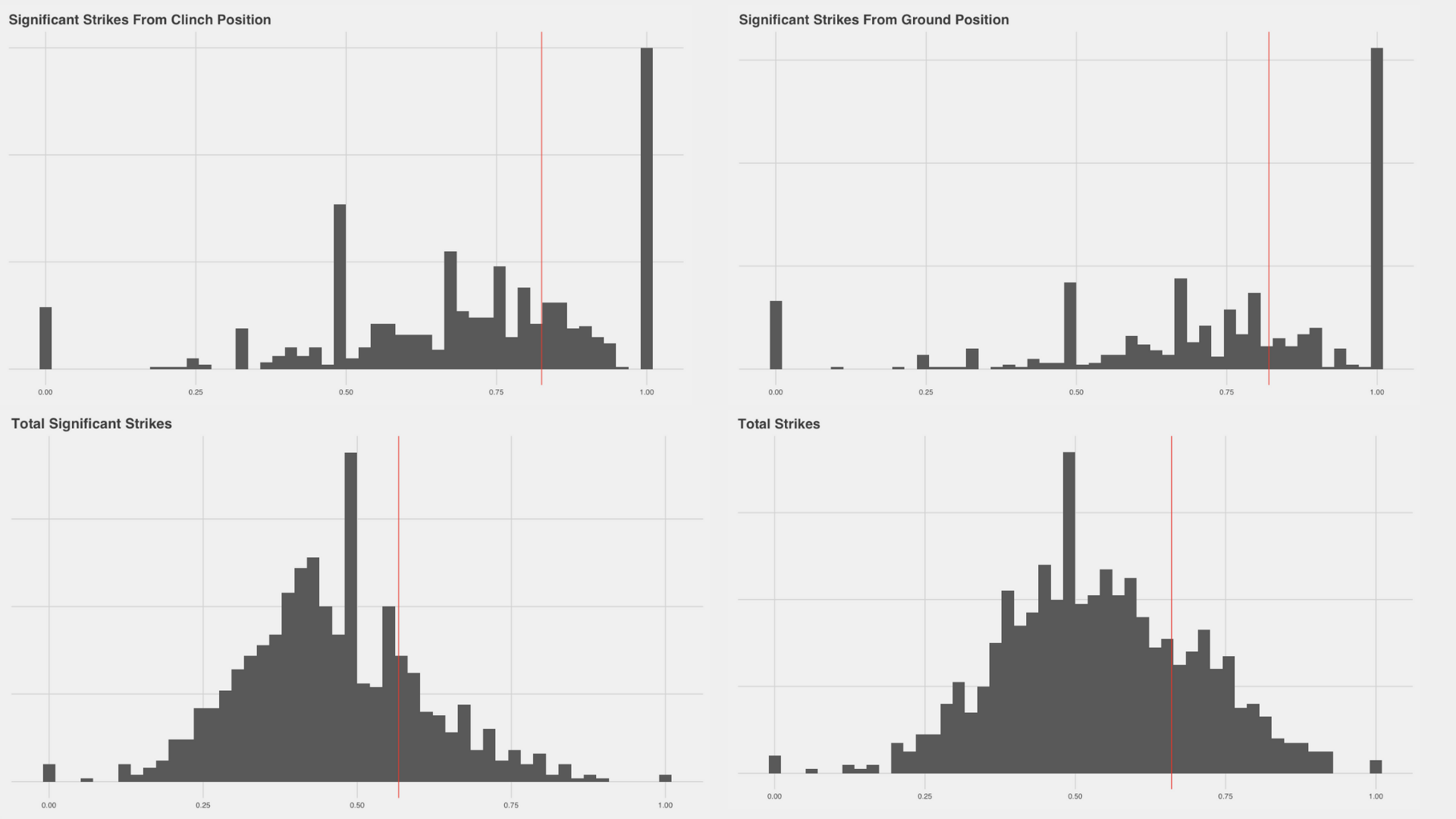Mixed martial arts (MMA)–a combat sport combining techniques from a variety of disciplines such as Brazilian Jiu-Jitsu, Judo, Kickboxing, and Wrestling–was a men’s game until the 2010s, when its fate was forever changed by “Rowdy” Ronda Rousey, the women’s MMA superstar whose career ushered in a new era of combat sports.
Rousey’s career did not start in MMA, though. She grew up competing in Judo, performing well enough to get a spot in the 2004 Athens Olympic Games as the youngest athlete in her sport, and following in the footsteps of her mother–AnnMaria De Mars–who was the first American to win a gold medal at the World Judo Championships.
After her impressive 2008 achievement of becoming the first American to win an Olympic medal in women’s judo, Rousey decided to leave the sport in favor of MMA and began training in a variety of martial arts disciplines.
At the time, women were only competing in amateur leagues or in smaller MMA professional organizations–like Strikeforce–but were left out of the Ultimate Fighting Championship (UFC): the heavyweights of televised pay-per-view MMA.
That all changed in November 2012 when Ronda Rousey became the first female fighter to sign with the UFC, a moment which set off a chain of events that finally brought women’s MMA into the spotlight.
Viewers began to tune into women’s fights and the UFC began to schedule more and more, reaching a peak of nearly 100 women’s fights in 2019-2020, a dramatic increase from the mere handful held in 2012-2013, after Rousey’s signing. Although women’s fights still make up a minority of UFC’s schedule, they are incredibly popular, with some headline fights viewed by millions around the world.

Rousey did not have to compete in a lot of fights to have a big impact. She only fought eight times over her four year tenure for a total of less than 30 minutes in the octagon, but she did more for her sport in those 30 minutes than many athletes will do for theirs in a lifetime.
Rousey destroyed her competition for six fights in a row, utilizing her judo skills to take out her opponents quickly with arm-bar submissions and the crowd loved the show, quickly growing interested in watching more women’s fights. Five of her six victories were incredibly dominant, lasting only one round, with two of them (versus Alexis Davis and Cat Zingano) taking fewer than 20 seconds each from start to finish.
However, Rousey’s winning streak didn’t last forever. Her UFC career ended abruptly and, as many fans would argue–in flames–after she attempted to take on Holly Holm, a much more experienced striker, and Amanda Nunes, one of the greatest fighters to touch women’s MMA, looking greatly outclassed in both fights. With no chance of getting her champion title back, Rousey retired from the sport soon after.

What made Rousey so dominant early on, and what failed her versus Holm and Nunes?
Below we look at a table of Rousey’s stats from her eight fights (with the exception of the 2015 bout versus Cat Zingano, for which the data was not available). Each number represents the proportion of attempts of each particular move that Rousey landed successfully: significant strikes, total strikes, takedowns, strikes to the head/body/leg, strikes from distance, strikes from clinch position, and strikes from the ground. Each number is colored according to the percentile that it falls into relative to measures of each statistic across all women’s UFC fights, with darker colors representing higher level performance. For example, in all of her victorious fights, Rousey’s proportion of successful body strikes was in the top 25% of all female fighters from all bouts in UFC history.
Rousey’s success in her early days was characterized by incredibly high success rates in many areas (significant strikes, total strikes, takedowns, head strikes, and body strikes). Rousey performed poorly at strikes from distance, but her takedown and grappling skills were enough to get her through with relative ease.
However, most of Rousey’s opponents early on were not particularly advanced strikers, and their lack of skill in that particular field gave Rousey the opportunity to put in a lot of successful hits. When Rousey finally fought against a strong striker in Holly Holm, it was all over for her. Holm easily handled Rousey with her superior striking power, taking her out with a powerful kick to the head and leaving Rousey with her worst ever performance–in the bottom 25% for most metrics, and in the bottom half for the rest. Although she did a little better statistically versus Amanda Nunes, Rousey couldn’t keep up with the never-ending barrage of right hand punches.

Although Rousey may have lost badly to Holm and Nunes and hurt her reputation pretty severely in the process, across her career she was still an above average fighter overall in the UFC, performing in the top half for most metrics, and she definitely earned her place in fighting history.

How do you think Rousey ranks? Was she a great fighter, despite her sudden and dramatic downfall? I certainly think a case could be made.
